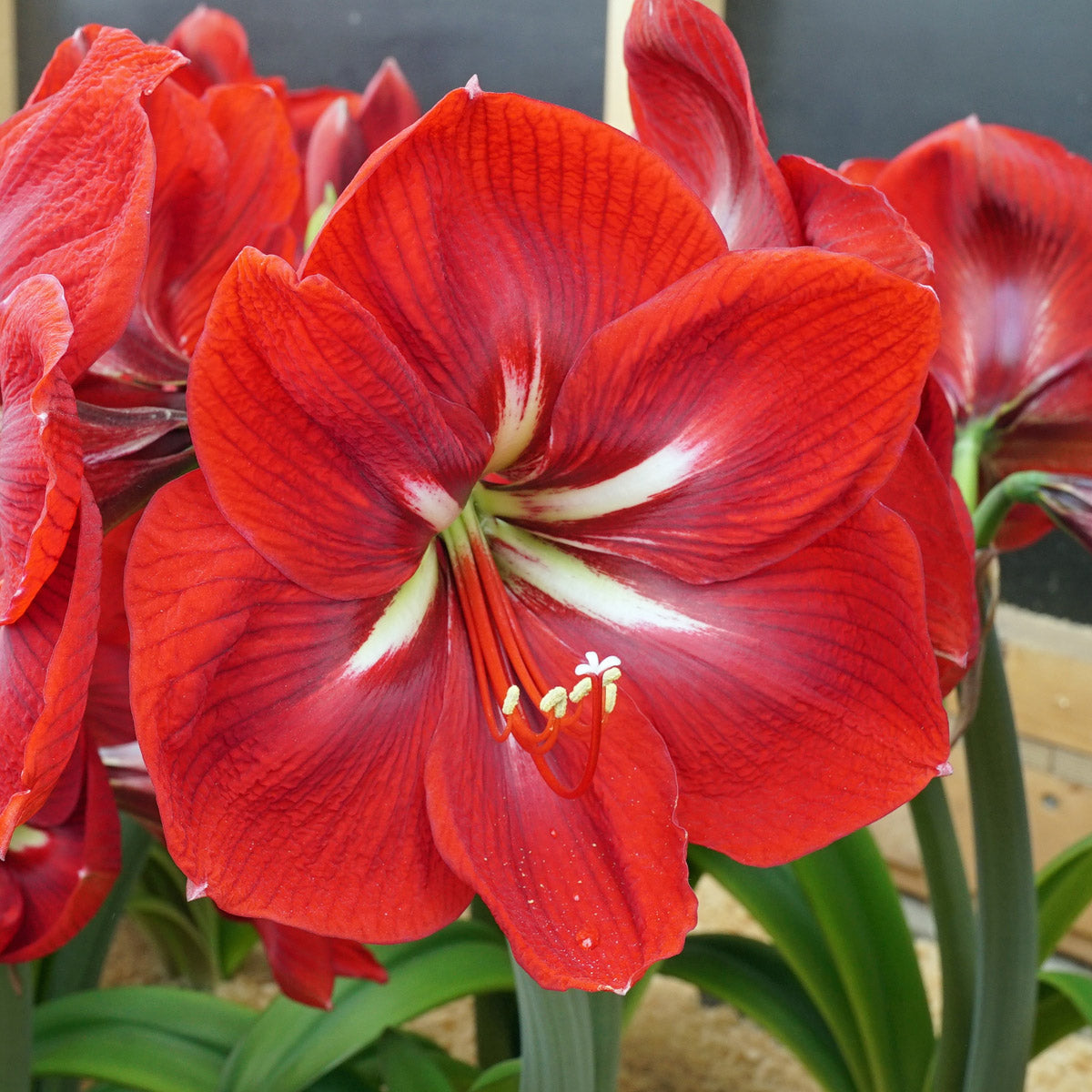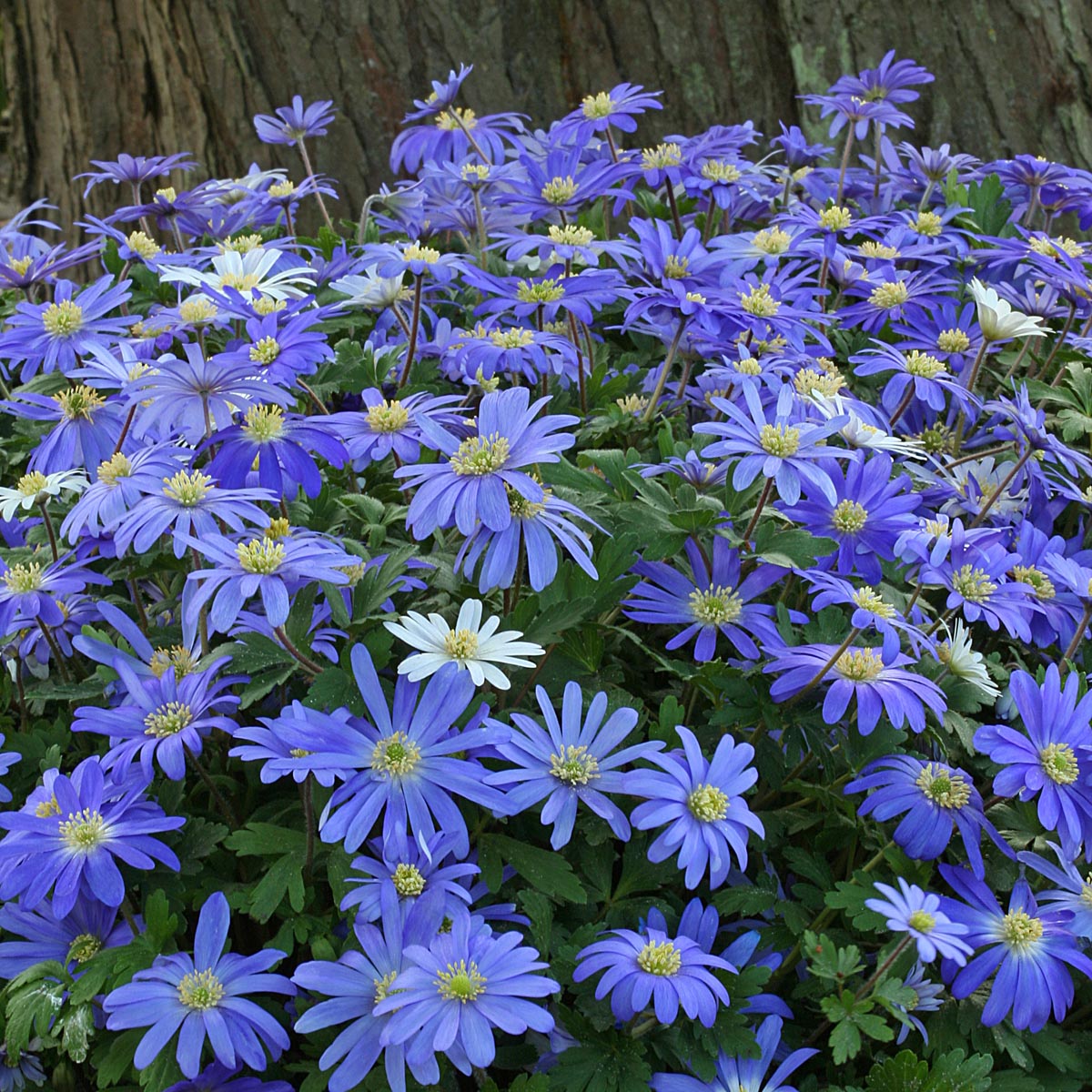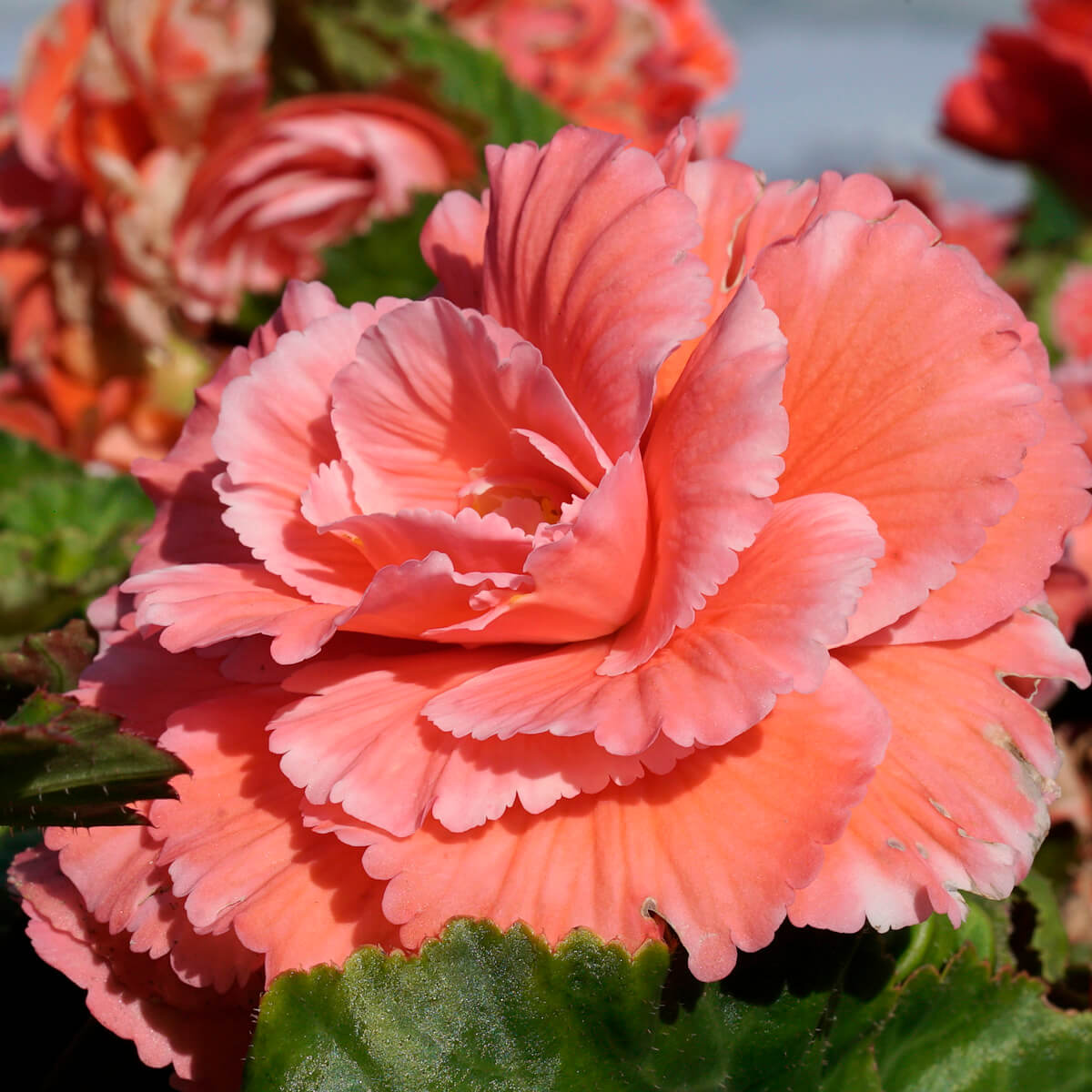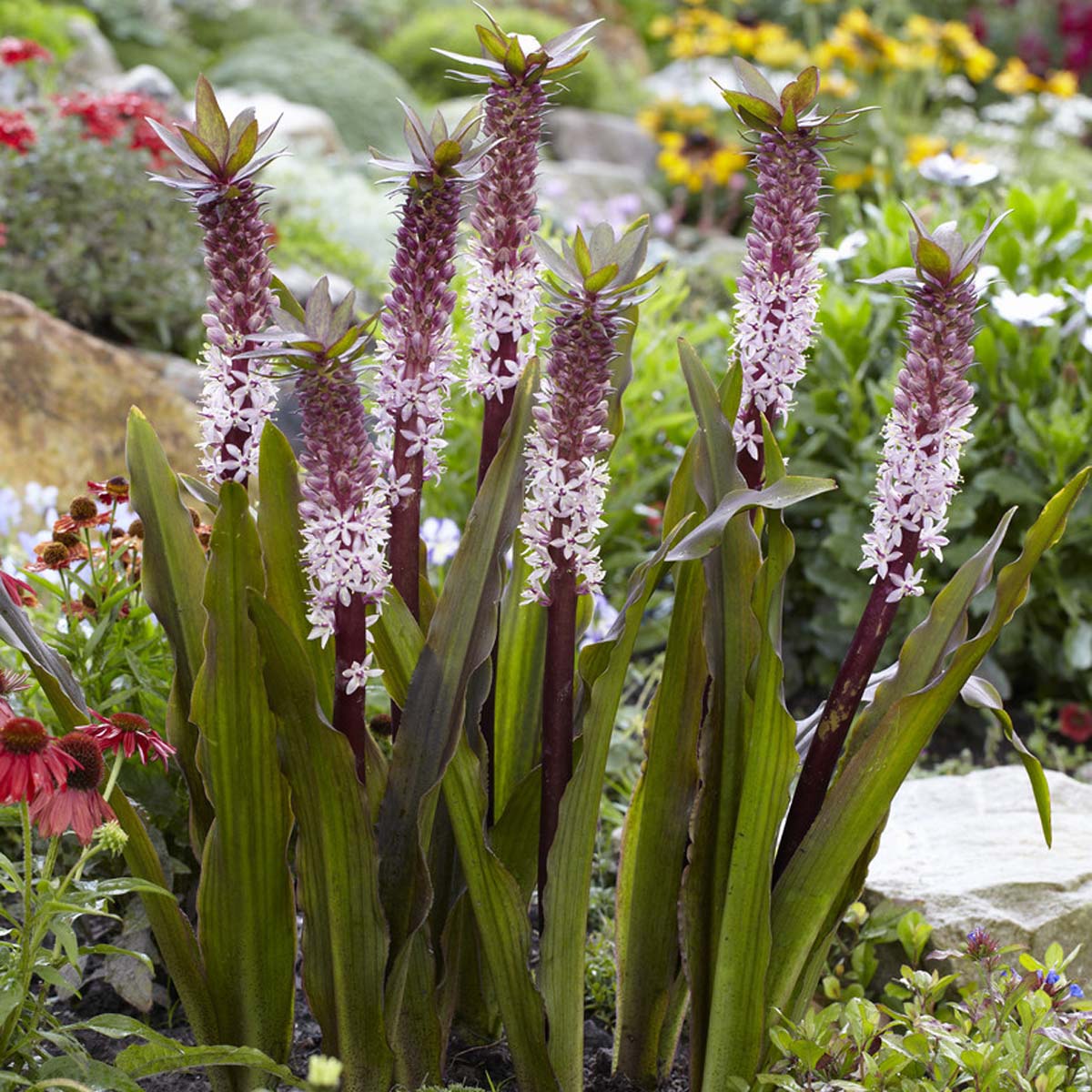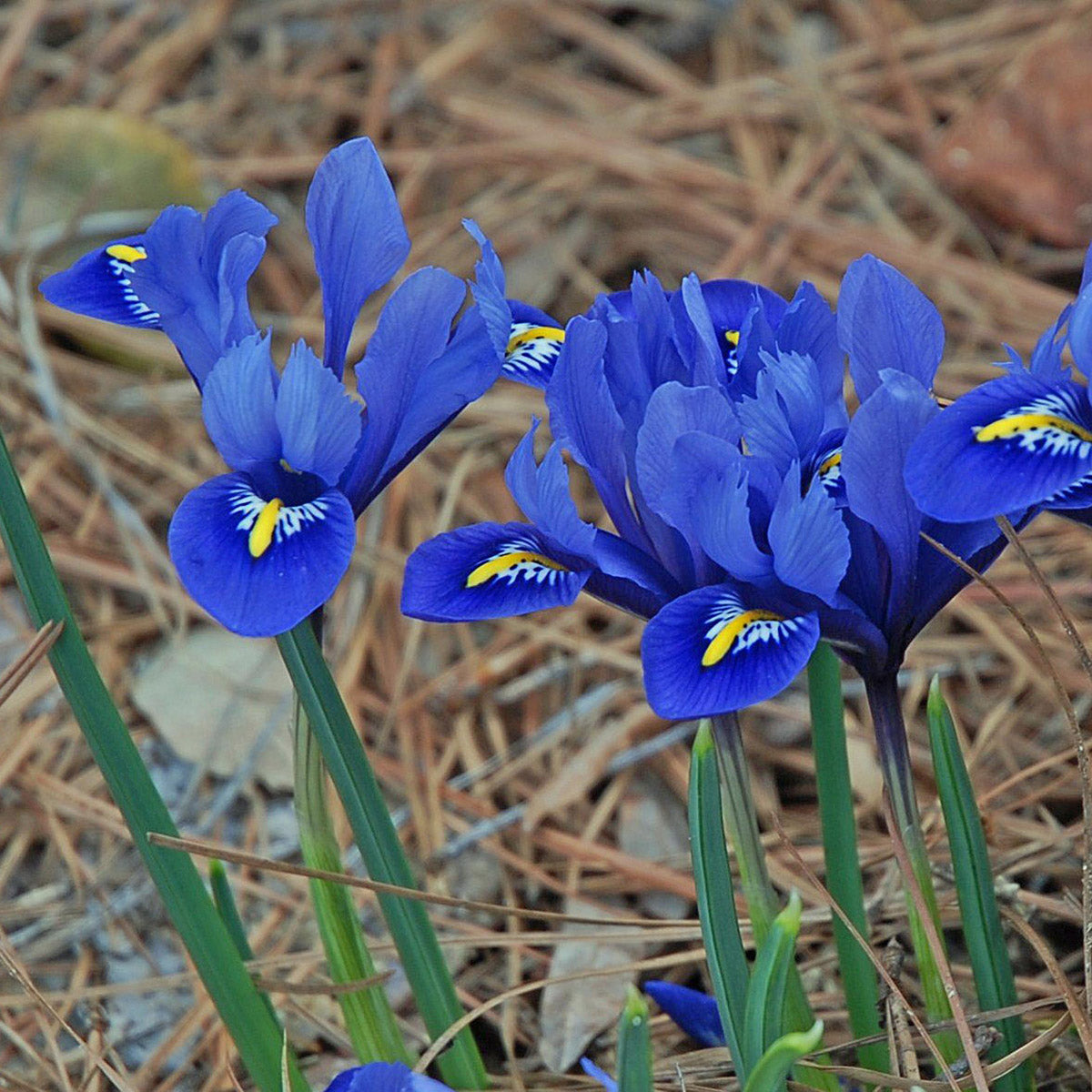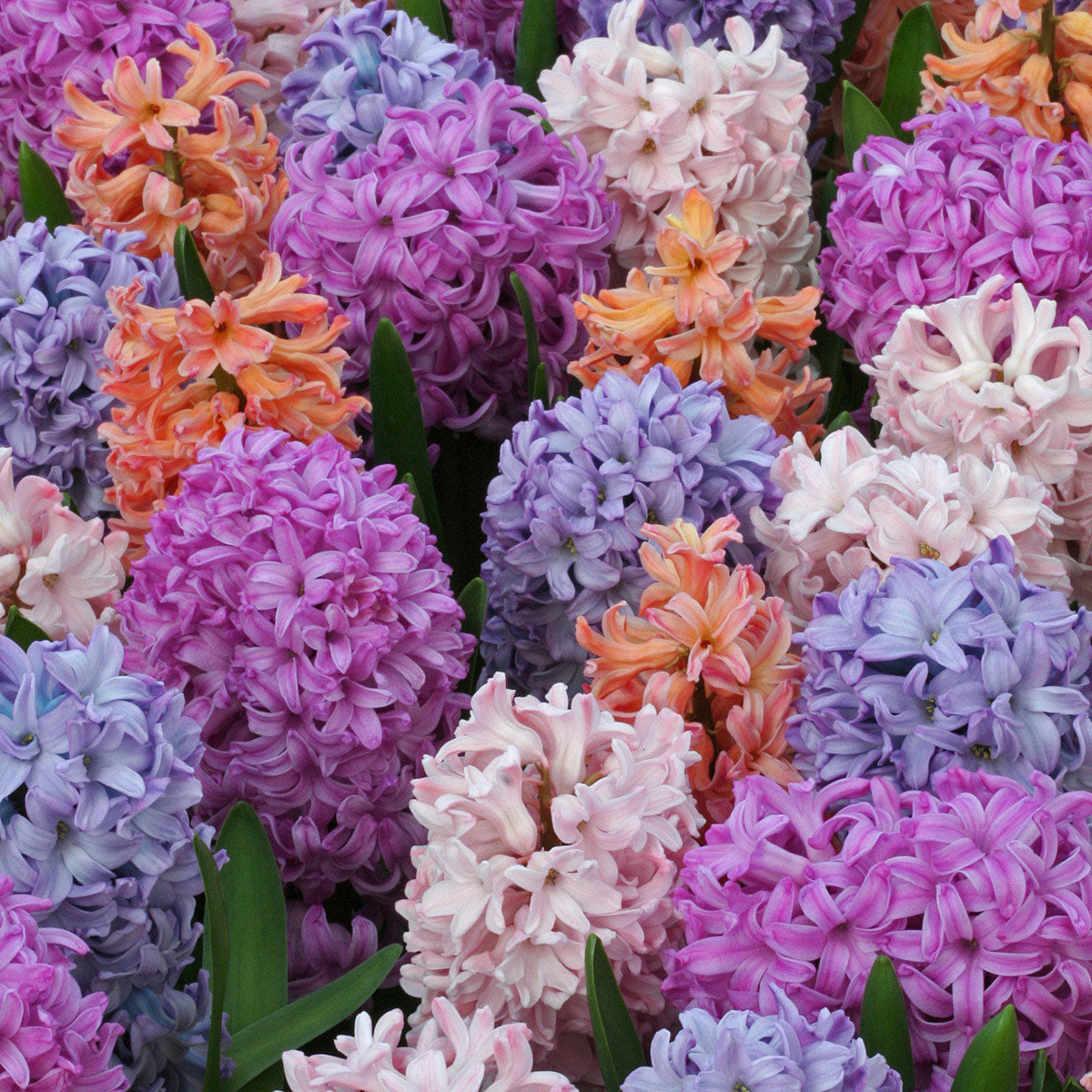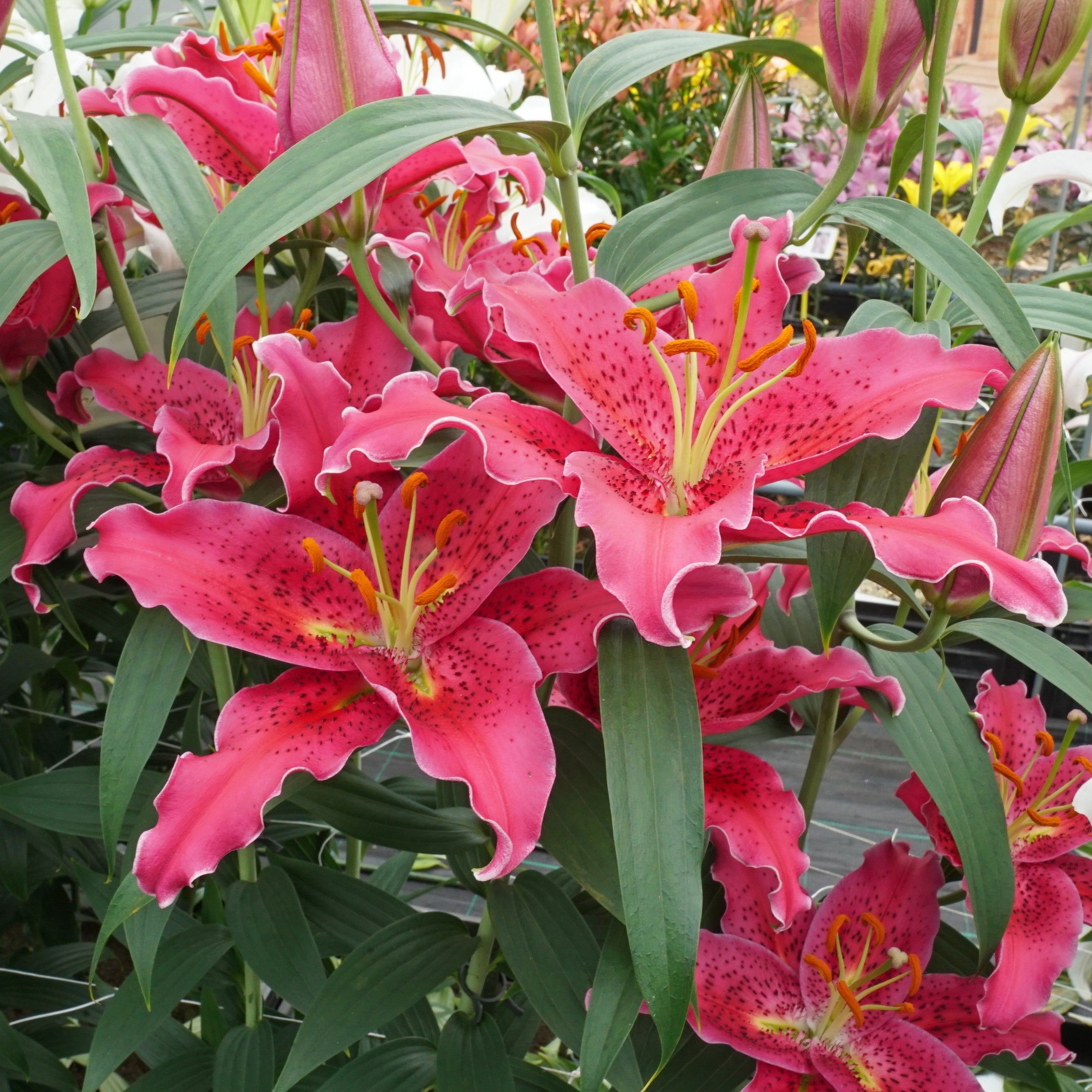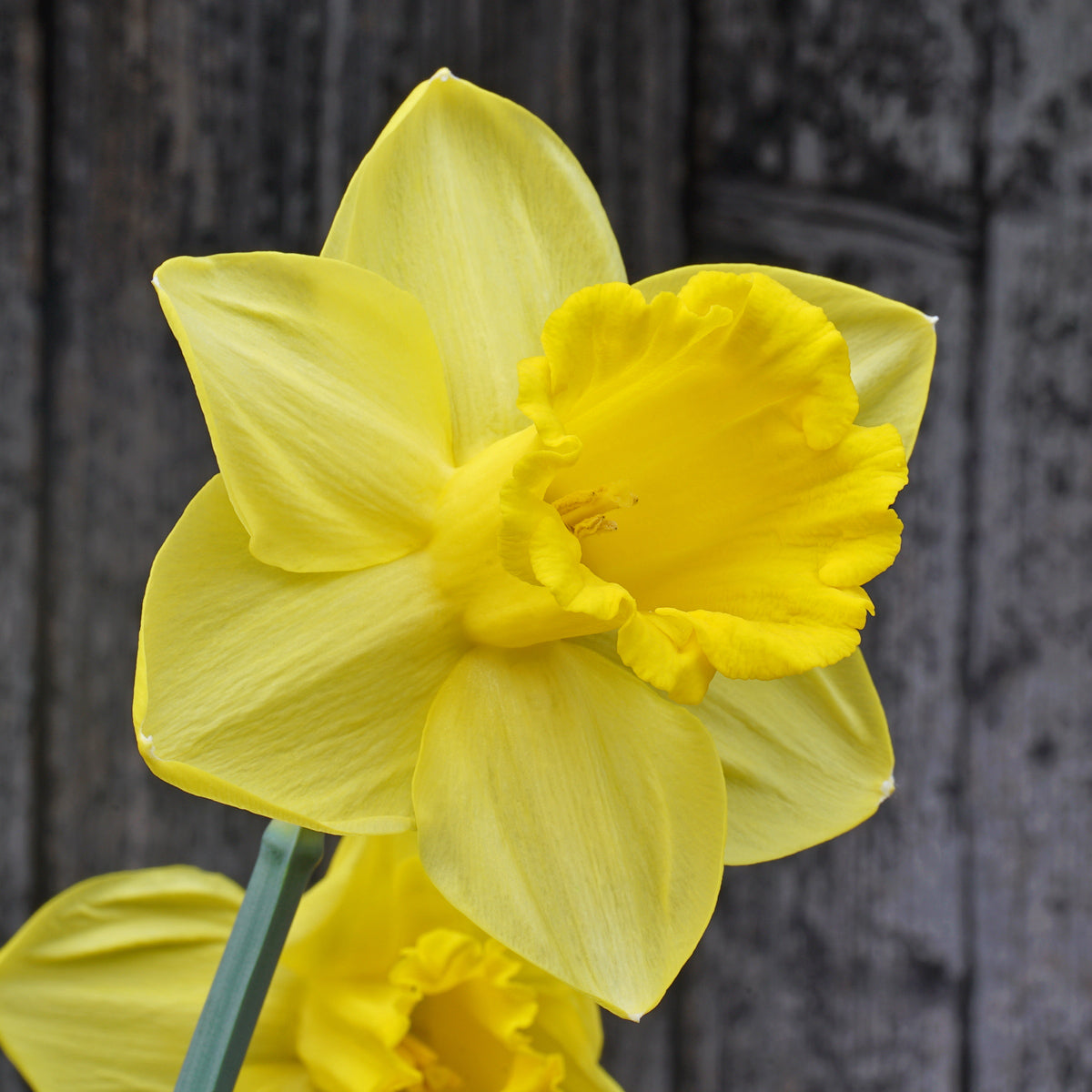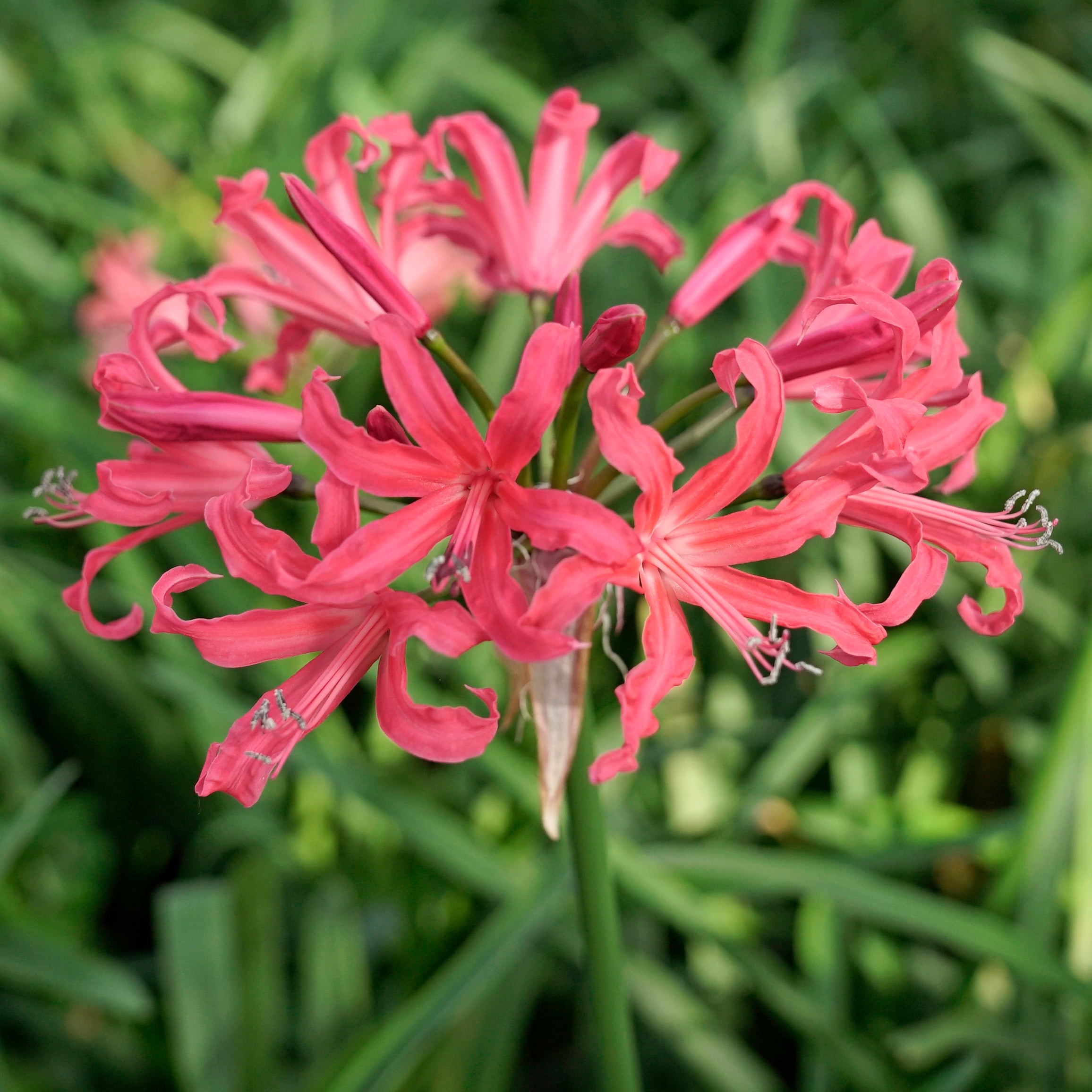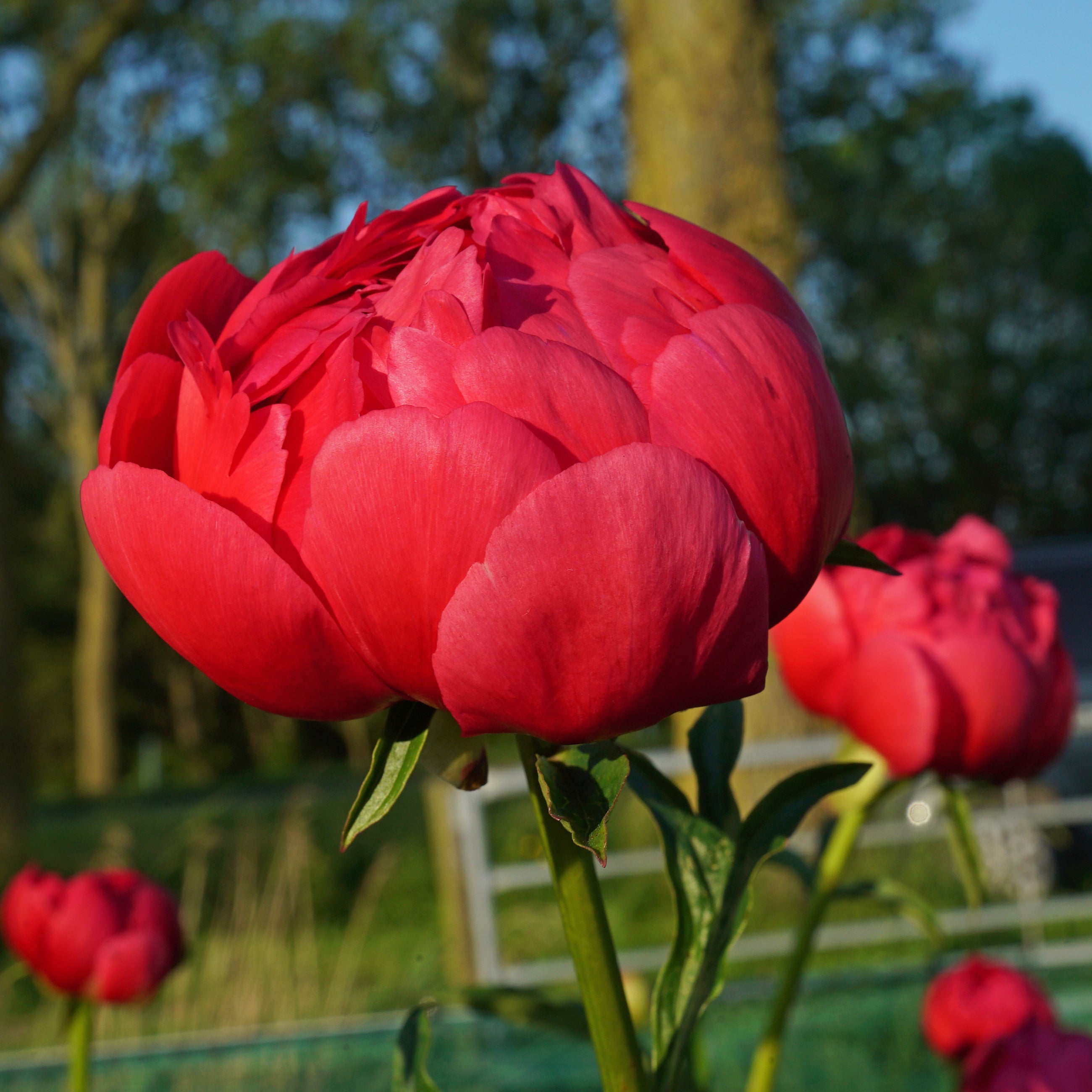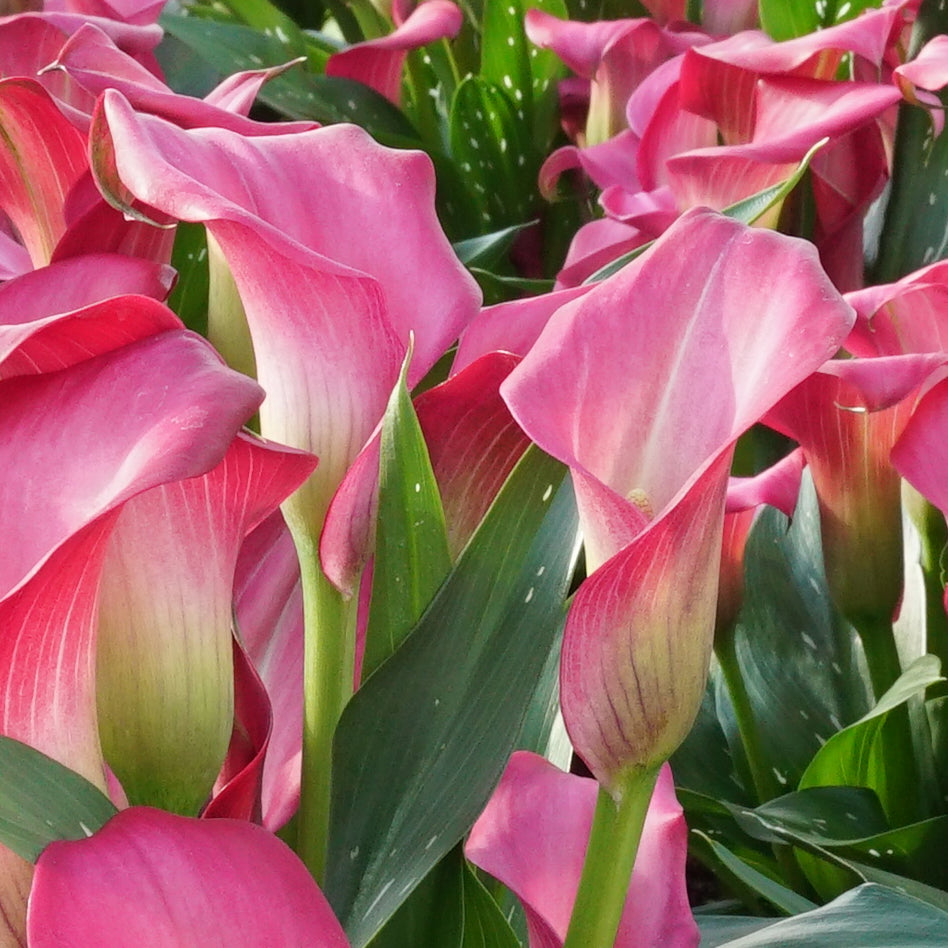
Flower bulbs are offered in a variety of sizes. Sometimes this can be confusing and the (wrong) conclusion is drawn that one supplier is cheaper than another. But appearances can be deceiving, in the flower bulb world the slogan 'big is better' certainly applies. Larger bulbs simply produce more or larger flowers than small bulbs. The photo of the daffodils shows you an example of the difference in flower production of a large and a small bulb of the daffodil Endear.
The flowers of the left daffodil are from a bulb in size 10/12 which is generally the common size of daffodils that are offered for a cheaper price. You can see that the bulb only produces one flower stem with 5 flowers on the stem.
On the right in the photo the same daffodil but with a bulb of size 14/16 as

Velvet that delivers. Here you see four flower stems coming out of the bulb, two stems with 5 flowers, one stem with 3 flowers and one stem with two flowers (the buds have been pried open to count the flowers). This last bulb of a larger size produces a whopping 15 flowers, three times as many as the smaller size daffodil that you could get for a bargain. So keep this in mind when buying flower bulbs: Size matters.
Here you see a tool that most flower bulb growers still use. It allows the grower to measure the size of the bulb in no time.
The size of the bulb is indicated by its circumference in centimeters. When you see a certain tulip bulb described as “size 12 cm+”, this means that this bulb will not fit through a hole of less than 12 cm around – 12 cm is incidentally the largest commercial size for tulips.

For each flower bulb on Fluwel you will see the bulb size mentioned in the product description. For a mix of flower bulbs it is mentioned in the descriptive text, because there can be multiple bulb sizes in between.

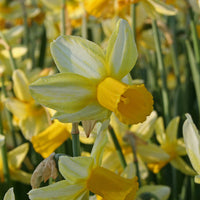



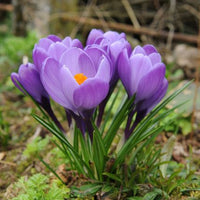




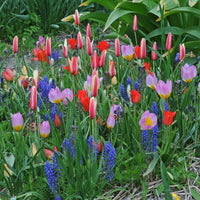


 Deutsch
Deutsch English
English
